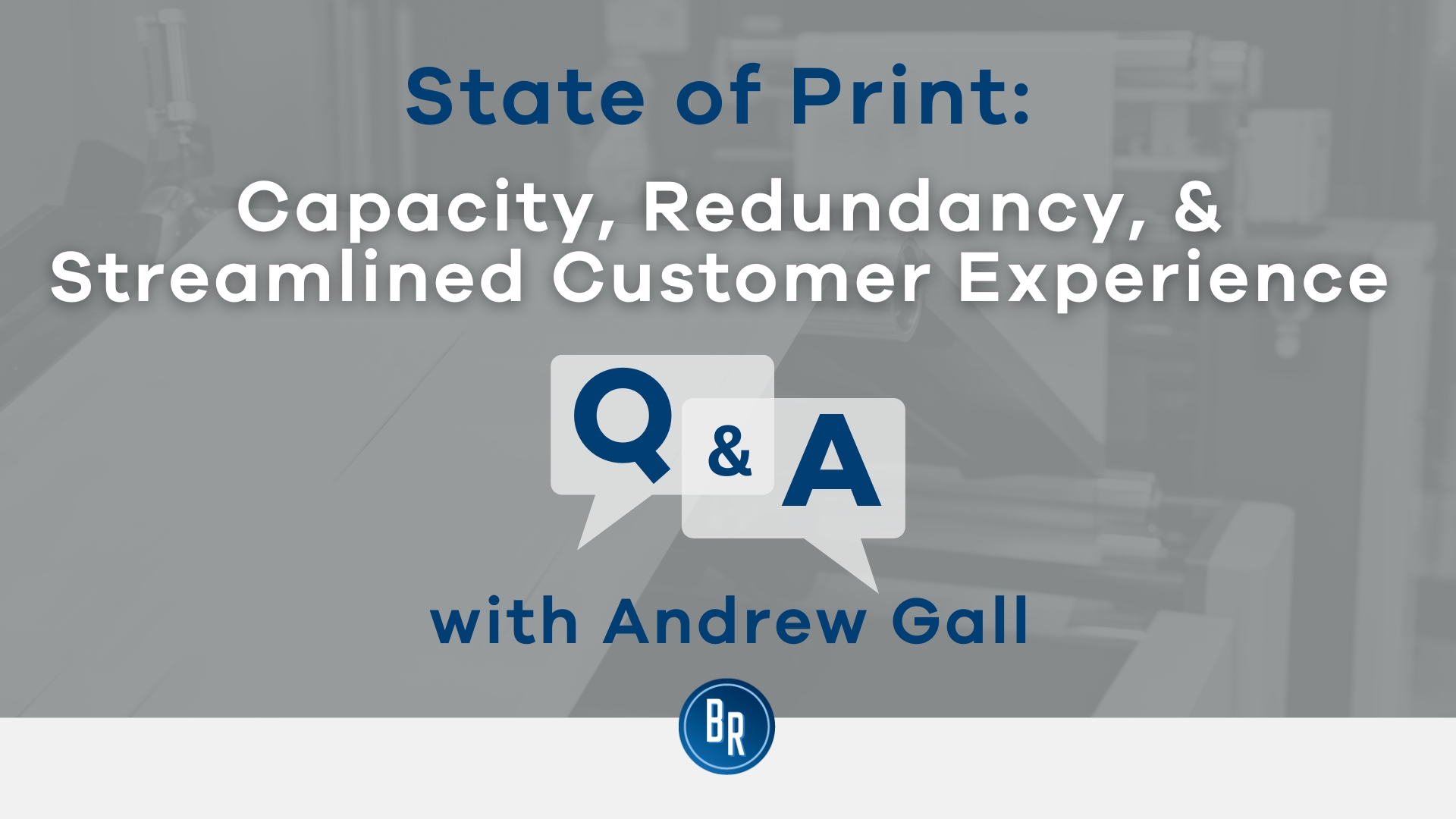Who Pays Redundancy Money? A Detailed Guide for Companies and Employees
Who Pays Redundancy Money? A Detailed Guide for Companies and Employees
Blog Article
Checking Out the Interaction Between Company Redundancy and Organizational Adaptability for Future Growth
In the vibrant landscape of today's company globe, the intricate relationship between firm redundancy and organizational adaptability arises as an important element for sustained growth and success. Companies frequently encounter the obstacle of striking a fragile balance in between maintaining a level of redundancy to reduce threats and fostering versatility to respond swiftly to the ever-evolving market needs. This fragile interaction holds the vital to not just enduring in turbulent times yet also growing when faced with uncertainty. As we discover the multifaceted dimensions of this interaction, interesting insights into exactly how companies navigate these complexities to lead the means for future growth await.
Relevance of Business Redundancy
Firm redundancy is an important aspect that enhances organizational durability and minimizes operational dangers. By incorporating redundancy measures within the business framework, business can better withstand unforeseen disruptions and fluctuations in business atmosphere. Redundancy works as a tactical buffer, allowing business to adapt and respond efficiently to unforeseen obstacles without compromising important procedures.
One key element of the significance of company redundancy is its function in ensuring continuity throughout times of dilemma. When encountered with sudden modifications or emergencies, repetitive systems, resources, or workers can action in to maintain critical features and protect against extensive disturbances. This continuity not just safeguards the business's reputation and consumer trust fund yet additionally lessens economic losses and functional downtime.

Methods for Organizational Adaptability

One more important technique is investing in technology and infrastructure that can support adaptability and scalability. Applying electronic devices, automation, and data analytics can streamline procedures, enhance efficiency, and offer useful insights for informed decision-making. Moreover, creating versatile business frameworks that enable quick changes to market characteristics and customer requirements is important for staying affordable in a swiftly evolving environment. By proactively determining potential disturbances and chances, organizations can proactively adjust and grow in an ever-changing service landscape.
Harmonizing Redundancy and Versatility
Accomplishing an unified equilibrium in between functional redundancy and business versatility is paramount in navigating the intricacies of a dynamic company setting. Striking the right balance between redundancy and flexibility is a delicate procedure special info that needs a deep understanding of the company's goals, sector dynamics, and danger resistance.
To accomplish this balance, business need to carry out routine analyses of their operations to recognize areas where redundancy is required for risk reduction and where adaptability can drive development and growth. Applying adaptable structures, cultivating a culture of continual understanding and improvement, and motivating open interaction across all degrees of the organization are essential strategies to harmonize redundancy and adaptability effectively. By straightening these two critical components, business can position themselves for sustainable growth and success in an ever-changing service landscape.
Case Research Studies on Adaptation Success
In taking a look at circumstances of effective business adaptation, it ends up being obvious that the interaction in between functional redundancy and flexibility is a defining factor in forming resilient services. One compelling case research is that of Netflix. At first a DVD rental solution, Netflix demonstrated exceptional adaptability by transitioning right into a streaming system when digitalization interrupted the market. By purposefully spending in innovation and material creation, Netflix not only grew yet made it through in a quickly progressing market. An additional standout example is Amazon. Beginning as an on-line bookstore, Amazon continuously adapted its organization model, broadening into diverse fields such as cloud computing and expert system. This adaptability enabled Amazon to stay in advance of competitors and fulfill altering customer needs. Last but not least, Adobe supplies a noteworthy illustration of effective adaptation. The business shifted from selling software program licenses to a subscription-based version, making sure persisting revenue streams and boosted consumer interaction. These study highlight the value of operational redundancy combined with business flexibility in cultivating long-lasting development and competitiveness.
Building Resilience for Future Development
Structure resilience for future development requires a calculated positioning of operational procedures with market dynamics and emerging trends. Business should visit here adapt to transforming environments by fostering a culture of flexibility, technology, and constant improvement.
Additionally, go to website promoting solid relationships with stakeholders, such as clients, workers, suppliers, and the area, is important for maintaining and weathering unpredictabilities count on and support throughout unstable times. Reliable interaction and transparency play a crucial function in building strength, as they assist line up assumptions and promote partnership in navigating uncertainties.
Furthermore, companies need to focus on understanding and advancement initiatives to upskill workers and equip them with the essential devices to adjust to transforming scenarios. By purchasing their labor force, companies can enhance their versatility and agility, inevitably strengthening their durability for sustainable future development.
Conclusion

In the vibrant landscape of today's company world, the intricate partnership between company redundancy and organizational adaptability arises as a critical element for sustained growth and success. Firms often deal with the challenge of striking a delicate equilibrium in between keeping a level of redundancy to mitigate dangers and cultivating versatility to respond swiftly to the ever-evolving market demands.To accomplish this equilibrium, firms require to conduct normal evaluations of their operations to identify areas where redundancy is necessary for risk mitigation and where flexibility can drive advancement and development.In final thought, the interplay in between business redundancy and organizational flexibility is crucial for future growth. Building resilience through a combination of redundancy and versatility will certainly ensure that companies are prepared for the challenges of the future.
Report this page